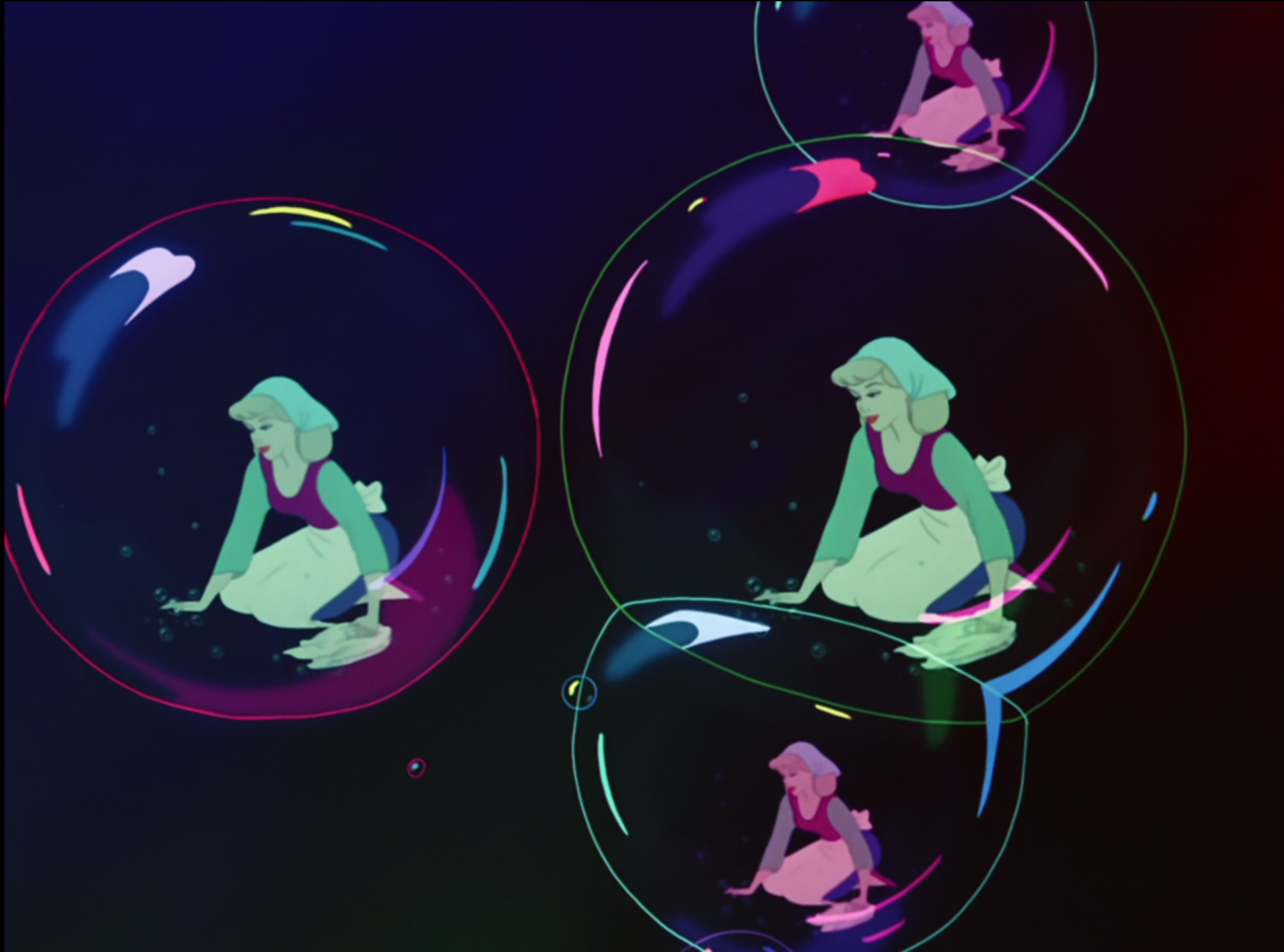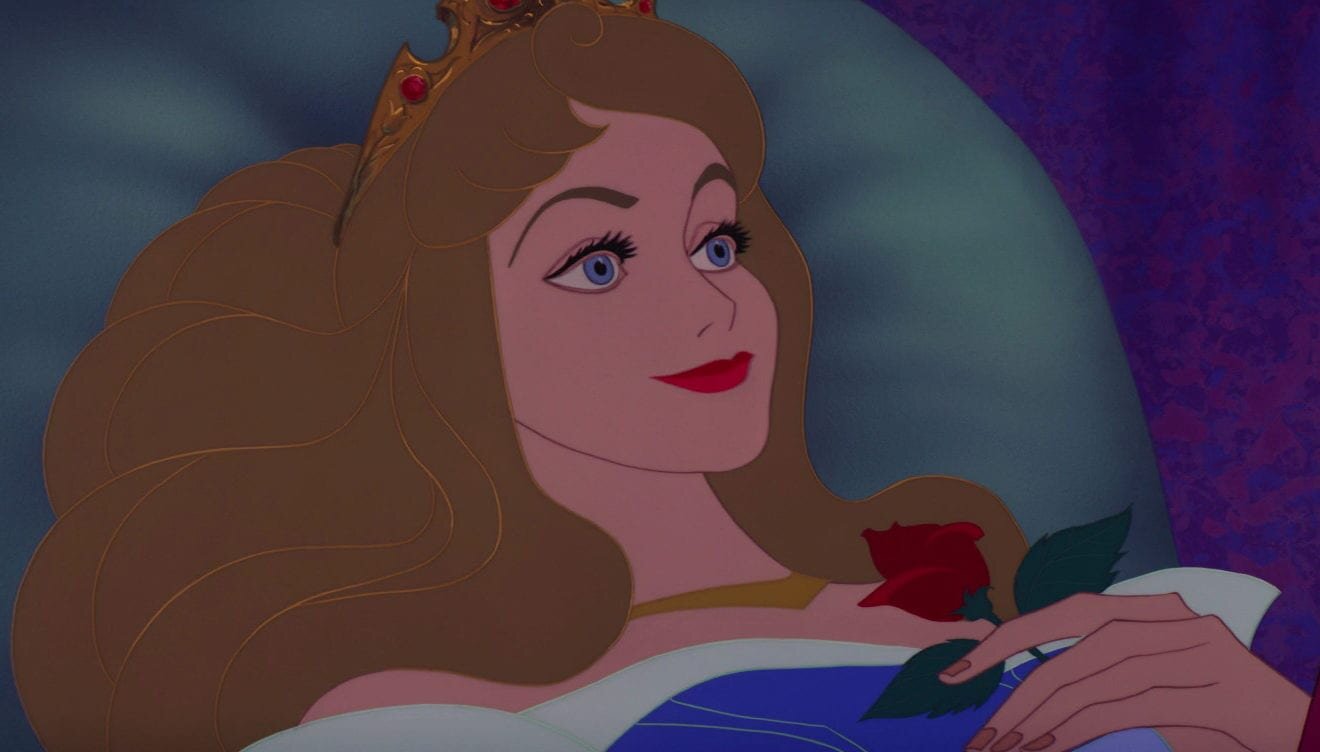Reflections on the Silver Age: Part One - The Rebound Films
This could be us but u playin’
Eight films later, I’m finally done with the Silver Age. I almost found this era to be more of a slog than the Wartime Era, maybe because these were in many ways much closer to being great. Even the films that don’t work in this era have a baseline level of craft that was wholly absent from most of the Wartime films. Some of those films aimed for the bare minimum and achieved it. Some of these films worked hard and came out as a mess.
I had a little trouble with the films of this era until I understood that they were fancily dressed up hangout movies. They’re Kicking and Screaming and Before Sunrise and The Breakfast Club. Very few have much of a plot at all, and most wait until the last 15 minutes to bother wrapping up their plot--in the case of The Sword in the Stone, what you expect to be the plot doesn’t even begin until the last 20 minutes. The success or failure of the films largely hinge on how much you enjoy hanging out with these particular gangs, or whether you felt the overwhelming desire to yeet an insufferable band of children into the sun.
this guy is a mood tho
Watching these back to back with the clip-package films of the 40s really shows that Walt Disney never fully left that era behind. These films are all a loose connection of ideas, strung together with the thinnest spine. Sometimes that works, but sometimes it leaves the film grasping for something more substantial to hold onto.
Some people consider the Silver Age to be an equal to the Golden Age in terms of quality, which is ludicrous to me. The quality of the animation is certainly a step up from the Wartime Era, but few of the films get back to the majesty and wonder that makes the original batch of classics such a delight. The Silver Age isn’t without its triumphs, but it’s also not without its boondoggles; it’s a mixed bag of wins and losses.
I’m splitting the era in half for these blogs, in part because it makes sense--there’s a distinct break in the animation style in the second half of the age--and partly because these blogs are getting long and I’d rather go a little more in depth with the write-ups of each film than cut them down to squeeze all 8 films into one post. I’m calling this first part The Rebound Films, as they all feature significant improvements in craft from the previous era, even if several still have big problems.
Cinderella (1950) - 5/5
Cinderella takes its premise and spins an innovative spectacle over that simple base. There’s more splendor in this film than in all six previous films combined, and excepting Fantasia it’s probably Disney’s most visually audacious experiment to this point.
ALREADY WE’LL ALL FLOAT ON ALRIGHT, DON’T WORRY WE’LL ALL FLOAT ON
This is also the first film in which Disney’s famed Nine Old Men began working together. They’re considered to be some of the greatest animators in history, and are credited as the reason for a lot of Disney’s success. Their skill is on full display here--every sequence, no matter how small, is cleverly and beautifully animated. Something as simple as a reflection in some bubbles is animated with a visual wonder that might normally be reserved for a dream sequence or fantastical adventure, but it feels perfectly at home with the fairy tale’s aesthetic.
Somehow, every song in this movie rocks, even the ones you probably don’t remember like the main theme. Ilene Woods, Cinderella’s singing voice, absolutely crushes each song, recording 3 vocal tracks in order to sing harmony with herself and making “A Dream is a Wish Your Heart Makes” into one of Disney’s all time bests.
Not all of the stuff with the animals works, and this is probably the Disney prince that has the least to do in a film (and is therefore easily the least interesting), but Cinderella gets points for making the side characters’ subplots and filler scenes pleasant and watchable. Plus, this movie isn’t about the Prince, and even though it’s a little more about the King and the Duke it’s still not really about them either. Especially in contrast to the next Disney heroines--Alice, Aurora, and arguably Lady--this movie is actually about Cinderella. She’s the one who earns the prize (the Prince and her happiness) through her kindness and her choices. She isn’t the prize to be earned.
Girl why are you looking at the cake like that, you’ve been in Wonderland for hours at this point, get with the program, shit’s weird here.
Alice in Wonderland (1951) - 3/5
It’s hard to hold Alice in Wonderland’s lack of cohesion against it, but the film’s main problem isn’t narrative, it’s tonal. One of the most scattershot of the Silver Age films (second only to maybe The Sword in the Stone), it plays out as a series of vignettes that have nothing to do with each other and often feel like they’re cobbled together from different movies—they’re clear successors to the recycled material in the clip package films of the Wartime era. None of the sequences are particularly bad, but only one is a real knockout, and many of the rest end up feeling a little lifeless. Not what you’d want out of the notoriously wild, vivid source material.
Disparate and without a hint of transgression, it’s possible that Lewis Carroll’s work could never have a fully successful adaptation via Disney. Every area of this film is a little bit of a letdown, however, from its bland soundtrack to its underwhelming animation. Worst of all, perhaps, is Alice, who is truly lost in Wonderland as she stumbles from place to place, lacking any real agency, personality, or emotional arc.
There are certainly positives, though its strengths only emphasize the elements the rest of the film lacks. The Cheshire Cat and the Mad Hatter/March Hare Unbirthday Party are the film’s best elements, bursts of pure fun and wickedness towards the center of the film. I had forgotten how late the Cheshire Cat enters, but the design and animation are so iconic that you feel his absence in the film’s first half. The Unbirthday Party is the most unhinged the film gets, and it made me wish that madcap energy could’ve been sustained across the entire film. I am thankful for that sequence, however, probably the longest setpiece in the film. It brings the film just onto this side of positive for me.
how can I resist her raw, sexual magnetism
What Scared Reid: I don’t have many strong memories of this film, or most of the films in the first half of the Silver Age, but I do distinctly remember being frightened of the Queen of Hearts. She kinda cute now, tho.
tfw your depiction of Native Americans is gonna be totally fine and normal
Peter Pan (1953) - 1.5/5
The main problem with Peter Pan is that it doesn’t understand that Peter is an asshole. Ok, sorry, the main problem with Peter Pan is that it’s horrifically racist. The second biggest problem is it doesn’t know Peter’s an asshole. This is a film about a young boy cruelly bullying a disabled man and repeatedly attempting to feed him to a crocodile while a horny fairy plots to have his friends murdered.
There’s no getting around “What Makes the Red Man Red,” a despicable musical number that plays to the worst version of most every Native American stereotype you can imagine. It’s truly an accomplishment that Disney produced two films set entirely in Central and South America and this is still the most racist thing in their pre-Renaissance filmography (don’t worry, I’ll get to Pocahontas eventually). It’s a relatively brief segment of the film, with only about 8 minutes of the film spent in the “Injun camp” (ugh), but its shadow looms over the entire film.
The film beyond the racism isn’t as exciting or adventurous as I remembered, either. Most of the scenes with Captain Hook and Smee rely on discount Three Stooges slapstick, and nearly every bit of physical humor falls flat. This is a Neverland without very much wonder, wit, or narrative spine. In maybe a self-fulfilling indictment, I feel far too old for this film. It hasn’t aged well in numerous ways.
What Scared Reid: I must’ve been very young when I last saw this, because I remembered the crocodile as being a much more frightening presence. I also very distinctly remembered him eating Captain Hook (a death scene that absolutely does not exist), so it was odd watching the croc be played entirely for comic beats rather than threatening ones. Peter Pan on the whole is nearly devoid of that kind of suspense--when most of what’s happening is deeply silly, it never feels like any character, even the bad guys, are in real danger.
Lady and the Tramp: Black and Chrome
Lady and the Tramp (1955) - 3/5
A cute little romance that (mostly) slips by pleasantly, this film is elevated by some truly gorgeous animation. Lady and the Tramp might seem like an odd fit for Disney’s first experiment in animating for sweeping widescreen CinemaScope--it doesn’t scream big action and takes place in a mostly real world--but that decision to animate this film that way makes Lady and the Tramp one of the studio’s most beautiful looking pictures. What could easily be bland or underdeveloped--a suburban street, a city park, the drab dirt of the pound--instead looks vivid and alive. It’s a visual treat without looking busy or overly complicated.
That style translates the best to the scenes that are the most heightened, from the swooning romance of “Bella Notte” (an all time best Disney song) to a climactic final battle between Lady, Tramp, and Pete Buttigieg that plays out mostly in the dark with grim blacks and blues. Beyond those standout moments, however, the CinemaScope allows the camera to move in far more interesting ways, making a simple zoom out feel infinite. Most importantly, the animation is able to sell the difference between the Tramp’s world and Lady’s, making their difference starker and their eventual coming-together that much sweeter.
Why such a low rating when I seem like I liked this one? I said Peter Pan had the most racist moment in a pre-Disney Renaissance film, but Lady and the Tramp comes very, very close with its stunningly offensive “Siamese Cat Song,” sung by a white lady doing her best (worst!) lisp and featuring two Siamese cats destroying a living room while singing in broken English. I had completely forgotten how bad this scene was, so it was a bit hard for me to recover and appreciate the rest of the film--it tainted the entire experience of it for me. Plus, though a lot of the film works, a ton of it is forgettable, with extraneous, uninteresting side characters and another Disney heroine (poor Lady getting shuffled from place to place by the narrative) with absolutely nothing to do.
The CinemaScope experiment worked out financially for Disney here--Lady and the Tramp was a box office success--although critically the film was a flop at the time. Disney would then take the style from this film and flip that formula, producing an incredibly expensive, underperforming undertaking that both he and critics often regard as his masterpiece. I think his masterpiece is one film later, but that’s for the next blog post to discuss.
Next:
When you lie down to sleep and remember a joke you made 12 years ago that flopped and it was super awkward, why did you think that joke was funny, everyone probably still thinks you’re dumb for thinking that was funny, they probably remember it every time they think about you.









